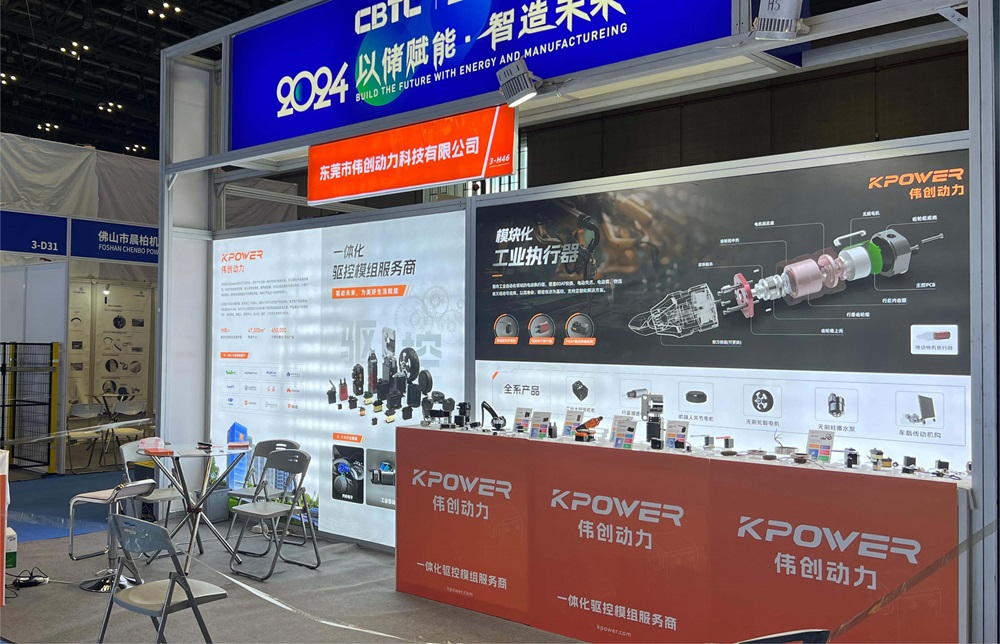Looking to get that servo motor spinning just right? Imagine you’re building a little robot or a smart gadget, and you want precise control over movement. That’s when Arduino code comes in as your best friend, turning complex mechanical tasks into simple lines of programming. You might wonder, how straightforward is it to control a servo’s rotation with code? Well, it’s surprisingly accessible once you get the hang of it.

Servo motors aren't just motors; they’re the maestros of positioning. They rotate to specific angles rather than spinning freely, making them perfect for projects that demand accuracy—like camera gimbals, robotic arms, or even art installations that change shape according to your design. When you connect a servo to an Arduino, it’s like giving your project a brain that can tell exactly where to aim or how to move.
The magic begins with those lines of code. Here’s the gist: you need a library that handles the servo's intricacies. The code typically starts with including that library, then setting up a pin—say pin 9—that your servo will listen to. From there, it’s a matter of commanding the servo to go to a specific angle. Want it at 90 degrees? Just tell it so. Want to crank it to 180? Piece of cake. And what’s interesting is that these commands can be looped, making the motor move back and forth smoothly, or be triggered by sensor inputs, adding a layer of interactivity.
Ever wonder, how do you make the servo rotate for a specific duration then stop? Simple. You set the position, wait a certain time, then maybe change it again. Using functions like delay() makes timing a breeze, but for more finesse, you might experiment with non-blocking code so your project remains responsive.
What about code snippets? Well, if you’re thinking “how do I start?” just imagine a tiny script: include the library, initialize servo object, attach it to a pin, then write commands like servo.write(90); to position it. Repeat with different angles, add loops, and you get motion that makes your project come alive.
Sometimes, the question pops up—can I control multiple servos at once? Absolutely. Just create multiple servo objects, assign each to different pins, and write commands to each one. It turns a simple movement into a symphony of rotation, making your project feel truly dynamic.
Thinking about real-world application, this coding approach isn’t just about turning motors; it’s about creating precision, repeatability, and a level of control that feels almost effortless. Whether for a DIY robot, a remote-controlled arm, or an artistic installation that changes with the environment, mastering servo control with Arduino code elevates your project from functional to inspired.
So, if you're juggling ideas, designing a device, or just curious about turning digital signals into real-world motion, diving into servo motor control with Arduino opens up a world of possibilities. It’s a dance of electrons and mechanics—delightfully straightforward once you get those commands right. And that’s the beauty of it: a little code that can power something big, something cool, something uniquely yours.
Established in 2005, Kpower has been dedicated to a professional compact motion unit manufacturer, headquartered in Dongguan, Guangdong Province, China. Leveraging innovations in modular drive technology, Kpower integrates high-performance motors, precision reducers, and multi-protocol control systems to provide efficient and customized smart drive system solutions. Kpower has delivered professional drive system solutions to over 500 enterprise clients globally with products covering various fields such as Smart Home Systems, Automatic Electronics, Robotics, Precision Agriculture, Drones, and Industrial Automation.




































